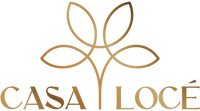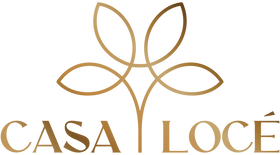Difference Between Sparkling White Wine vs Champagne
What Is the Difference Between Champagne and Sparkling White Wine?
These two both bring bubbly joy to taste buds, yet they're not quite the same. Origin, variety of grapes, and their preparation process distinguish them apart. The first comes from its namesake region. The second comes from any part of the world, using different kinds of grapes and fermentation methods.
Key Takeaways
-
Originating from France's Champagne region, the first stands apart from the other, which vineyards globally produce.
-
Traditional "Méthode Champenoise" defines the Champagne production technique, in contrast to the prevalent Charmat method used for sparkling wine.
-
Producers of the latter have the freedom to use any grape variety, unlike the former.
-
On tasting, the first often has a drier profile with complex flavors, while the other showcases a spectrum from very dry to sweet notes.
-
In terms of maturation, the former demands longer aging processes, adding depth to its flavor. The latter, conversely, presents varying aging durations.
Origins of Sparkling Wine and Champagne
Sparkling wine, with its origins in ancient times, became significant in the 17th century. English glass-making techniques of this period allowed for bottles strong enough to hold the carbon dioxide pressure. Roman and Greek writings often mentioned this delightful beverage, highlighting its importance throughout history.
Whereas champagne's origin points to France's Champagne region. This distinctive beverage owes its unique taste to regional grape variations and the region's specific climate. Legal protection ensures only sparkling wine from this region uses the "Champagne" designation.
Both sparkling wine and champagne have traveled from their origins to global recognition. Their unique characteristics, variety, and exquisite taste play key roles in this journey. Appreciation grows when one explores the blend of history, culture, and geography that shape the identity of these beverages.
Distinct Production Methods
Transitioning from historical roots to technical aspects, one notes distinct production methods for sparkling wine and champagne. Both drinks experience dual fermentation processes, but conditions and techniques differ.
1. Initial fermentation of these beverages is alike, occurring in extensive vats. Champagne, meanwhile, undergoes secondary fermentation within its bottle, a process known as "Méthode Champenoise." In contrast, sparkling wine often opts for the Charmat technique, where subsequent fermentation happens in expansive tanks before the bottling stage.
2. Aging distinguishes sparkling wine from champagne. Appellation regulations stipulate that non-vintage champagne must mature for no less than 15 months, with a minimum of 12 months on lees, while vintage champagne needs at least three years. Regulations for sparkling wine are more lenient; some variants necessitate only several months of maturation.
3. Climate and soil composition in France's Champagne region, an exclusive producer of genuine champagne, affect the unique flavor profiles of this drink. Conversely, globally produced sparkling wine displays an extensive range of flavors resulting from differing regional conditions.
"The world of effervescence offers a delightful duality: Champagne, born of the French region that shares its name, and sparkling white wine, a global expression of creativity. Though both bring bubbly joy to the palate, their distinctions lie in origin, grape varieties, and production techniques. Champagne stands as a testament to tradition and exclusivity, while sparkling wine celebrates diversity and innovation. In every glass, history, craftsmanship, and taste converge, offering an experience tailored to every occasion."

Varietal Differences and Similarities
How do champagne and sparkling wine vary concerning their varietal characteristics? Mainly, grape varieties used along with regional influences determine their flavor profiles.
The first originates from the namesake region in France, utilizing primarily three grape varieties: Chardonnay, Pinot Noir, and Pinot Meunier. These contribute unique characteristics, including Chardonnay's citrus notes and Pinot Noir's body and structure.
Conversely, the latter’s ingredients are more flexible it involve any grape variety, depending on the region. For instance, Prosecco gets its fruity and aromatic profile from Italy's native Glera grape.
Climate and soil conditions, or regional characteristics, significantly influence these varietal differences. Interestingly, sparkling wine and champagne have a common trait in their production. Both use traditional méthode champenoise to achieve their signature effervescence.
Taste Profiles: A Comparison
Distinct experiences await in each sip of sparkling white wine or champagne, thanks to their diverse taste profiles. These differences arise from the vineyards, ultimately defining the final flavor of both beverages.
1. Sweetness Levels: Ranging from very dry to sweet, sparkling wine offers a variety of sweetness levels. In contrast, champagne usually presents a drier profile, stemming from traditional production methods resulting in less remaining sugar.
2. Acidity Balance: High acidity is a characteristic of both sparkling wine and champagne, but the balance varies. Bright, fresh acidity gives sparkling wines their unique taste. Champagnes, however, boast a refined, balanced, and often crisp acidity.
3. Flavor Profiles: The production of sparkling wines involves a wide range of grapes, leading to fruity and floral flavors. In contrast, champagnes offer a more complex taste with hints of citrus, green apple, biscuit, or toast, arising from their unique soil and extended aging process.
Pairing Suggestions and Occasions
For moments of celebration, champagne stands as a timeless choice. Weddings, anniversaries, New Year's Eve parties - these occasions often feature champagne for toasting. High acidity and crisp bubbles make it a perfect companion for salty, fatty items like fried chicken or caviar.
However, tradition shouldn't restrict your options. Sparkling wine can equally serve as a toast, while champagne complements a casual meal. Striking a balance between personal preference, occasion, and meal is key. For gourmet dishes or cheese platters, there is always a sparkling wine or champagne that can perfectly match the mood and menu.
Supporting Facts and Statistics
According to the Alcohol and Tobacco Tax and Trade Bureau (TTB), in 2021, the United States produced approximately 806 million gallons of wine.
TTB cited that labeling regulations require wine labels to display the brand name, class or type designation, alcohol content, net contents, and the name and address of the bottler or importer.
Additionally, the Alcohol and Tobacco Tax and Trade Bureau emphasized that the Federal Alcohol Administration Act mandates labeling requirements to provide consumers with accurate information about the wine they buy.
Casa Loce’s Opinion on The Difference Between Sparkling White Wine and Champagne
Essentially, sparkling white wine differs from Champagne in origin, production techniques, varietal choices, and flavor profiles. Both beverages possess effervescence, yet Champagne's uniqueness stems from its strict production in France. In contrast, sparkling white wine offers a varied, international alternative. At CasaLoce.com, we believe that personal preference, event type, and desired food pairing significantly influence your choice between these two effervescent delights, contributing to a richer culinary experience.
Frequently Asked Questions
Is sparkling wine the same as Champagne?
No, sparkling wine is not the same as Champagne. Champagne is a type of sparkling wine that comes from the Champagne region in France. The grapes used, the production method, and the region all contribute to the unique characteristics of Champagne.
Is sparkling wine dry or sweet?
Sparkling wine can be either dry or sweet. The sugar content in the wine determines its sweetness. Brut is the driest type, while Doux is the sweetest. There are also styles in between like Extra Dry, which is slightly sweet, and Demi-sec, which is quite sweet.
Is sparkling wine just prosecco?
No, sparkling wine is not just Prosecco. Prosecco is a type of sparkling wine from Italy, specifically the Veneto region. There are many other types of sparkling wine such as Champagne, Cava, and Sekt.
Can sparkling wine be used for mimosas?
Yes, sparkling wine can be used for mimosas. Many prefer to use less expensive sparkling wines for mimosas as the flavors of the wine are often masked by the orange juice.
Why can't you call sparkling wine Champagne?
You can't call sparkling wine Champagne because of legal restrictions. Only sparkling wine produced in the Champagne region of France can be legally called Champagne. This is enforced by the European Union and many other countries around the world.
Does sparkling wine go bad?
Yes, sparkling wine can go bad. Once opened, a bottle of sparkling wine can lose its bubbles and start to oxidize. It's best to consume it within 1-3 days. Unopened, it can last for 1-2 years, depending on the quality and type.
What sparkling wine is closest to Champagne?
The sparkling wine closest to Champagne is probably Cava from Spain or Franciacorta from Italy. Both use similar grape varieties and production methods to Champagne, resulting in a similar flavor and texture profile.
Is sparkling wine good for you?
Sparkling wine, in moderation, can be good for you. It contains antioxidants like polyphenols and phenolic acid, which can help protect the heart. However, like all alcoholic beverages, it should be consumed responsibly.
Can you replace Champagne with sparkling wine?
Yes, you can replace Champagne with sparkling wine. Many other sparkling wines share similarities with Champagne and can be a more affordable option. Prosecco, Cava, and Sekt are all good alternatives.
Is Cava Champagne or sparkling wine?
Cava is a sparkling wine, not Champagne. It is produced in Spain using a method similar to the one used for Champagne. However, because it does not come from the Champagne region of France, it cannot be called Champagne.
Does sparkling wine pop like Champagne?
Yes, sparkling wine does pop like Champagne. The pop is caused by the release of carbon dioxide gas that is produced during fermentation. This happens when the pressure inside the bottle is released upon opening.
Is Cook's Champagne or sparkling wine?
Cook's is a brand of sparkling wine, not Champagne. It's made in California, USA. Like Champagne, it is made using the traditional method, but because it's not from the Champagne region, it cannot be labeled as Champagne.
Join us for a look into our elegant approach to winemaking and gracious hospitality. We welcome our members and their guests by appointment only. Become a member or book an event by visiting CasaLoce.com
Casa Locé
Upper Ojai California
10065 N Ojai Rd, Ojai, CA 93023
https://maps.app.goo.gl/E7YQCnXAFHq1bKz46




